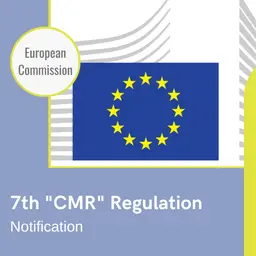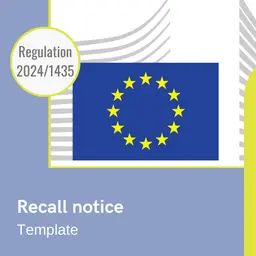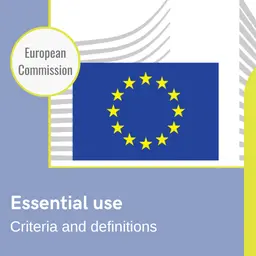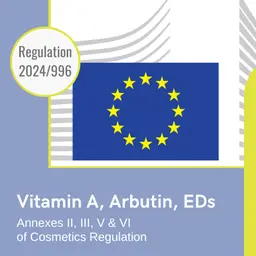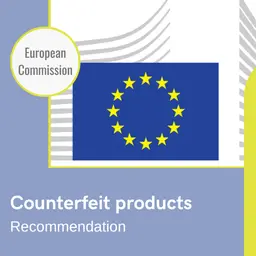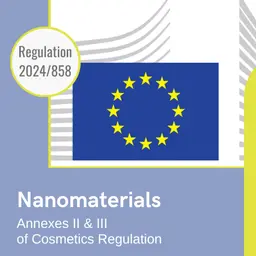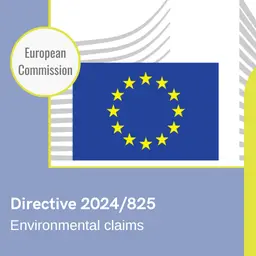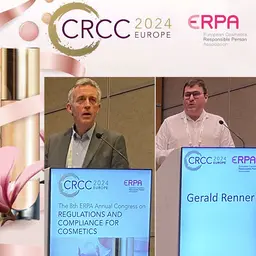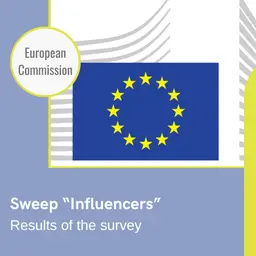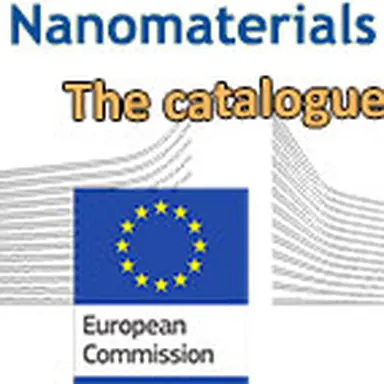
It is an understatement to say it had been long-awaited: the Commission was to publish it in January 2014. Tricky to set up, reported to late 2015, and then early 2016, in its first version, the catalogue compiling the nanomaterials used in cosmetics comprised a considerable number of ill-characterized substances, based on the industry’s data: even water had been added to the list. At last, a reviewed, corrected… and purged, but also more credible version was published on June 15, 2017. It only counts 43 substances now.
The actual list of nanomaterials is preceded with a preamble to provide the context of the catalogue.
Preamble
According to Article 16(10)(a) of Regulation (EC) No 1223/2009 on cosmetic products, the Commission shall make available a catalogue of all nanomaterials used in cosmetics placed on the market, including those used as colorants, UV-filters and preservatives in a separate section, indicating the categories of cosmetic products and the reasonably foreseeable exposure conditions. This catalogue shall be regularly updated and be made publicly available.
The catalogue lists the nanomaterials used in cosmetics placed on the market. It is based on information notified electronically by responsible persons to the European Commission through the Cosmetic Products Notification Portal (CPNP). The European Commission takes no responsibility for the content and the scientific qualification of the notifications made in the CPNP.
Based on the current knowledge on nanomaterials, there may be some uncertainties regarding the status as nanomaterials of some notified substances. The catalogue remains a work in progress subject to modifications and will be updated regularly.
The functions of the nanomaterials listed in this catalogue (12 as colorants, 6 as UV-filters and 25 as other functions) are based on the names of substances notified and, …



